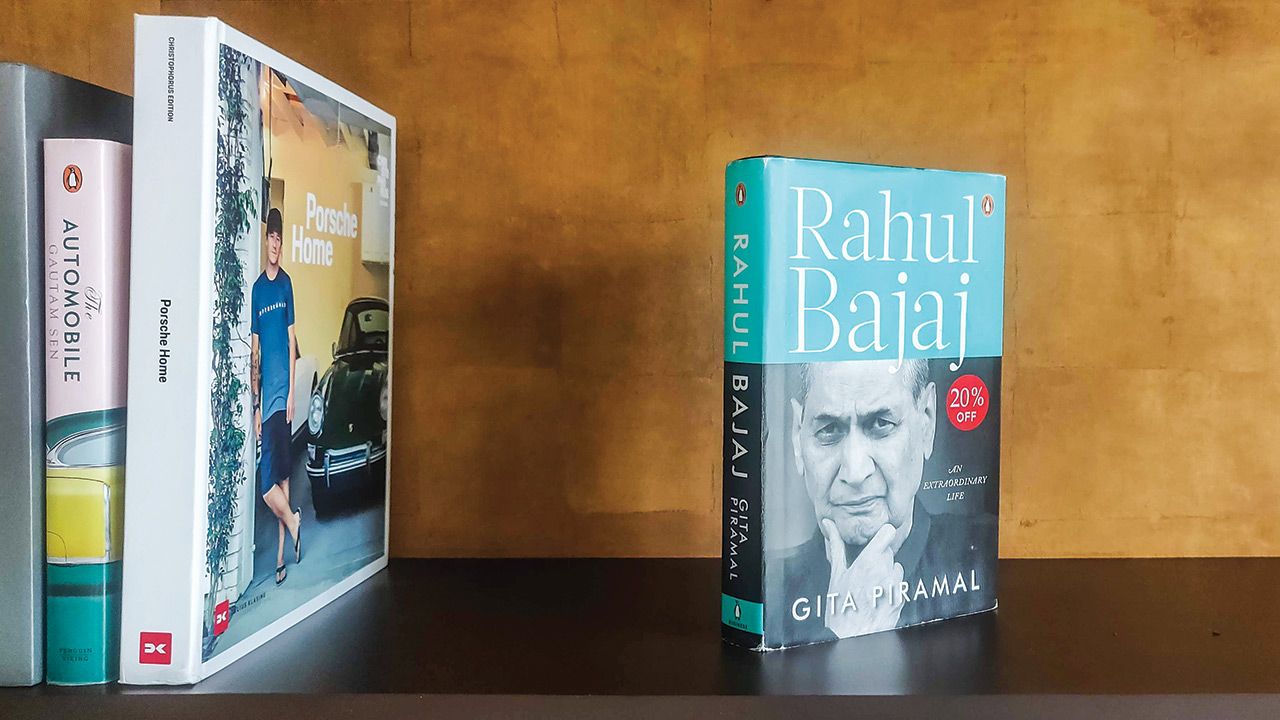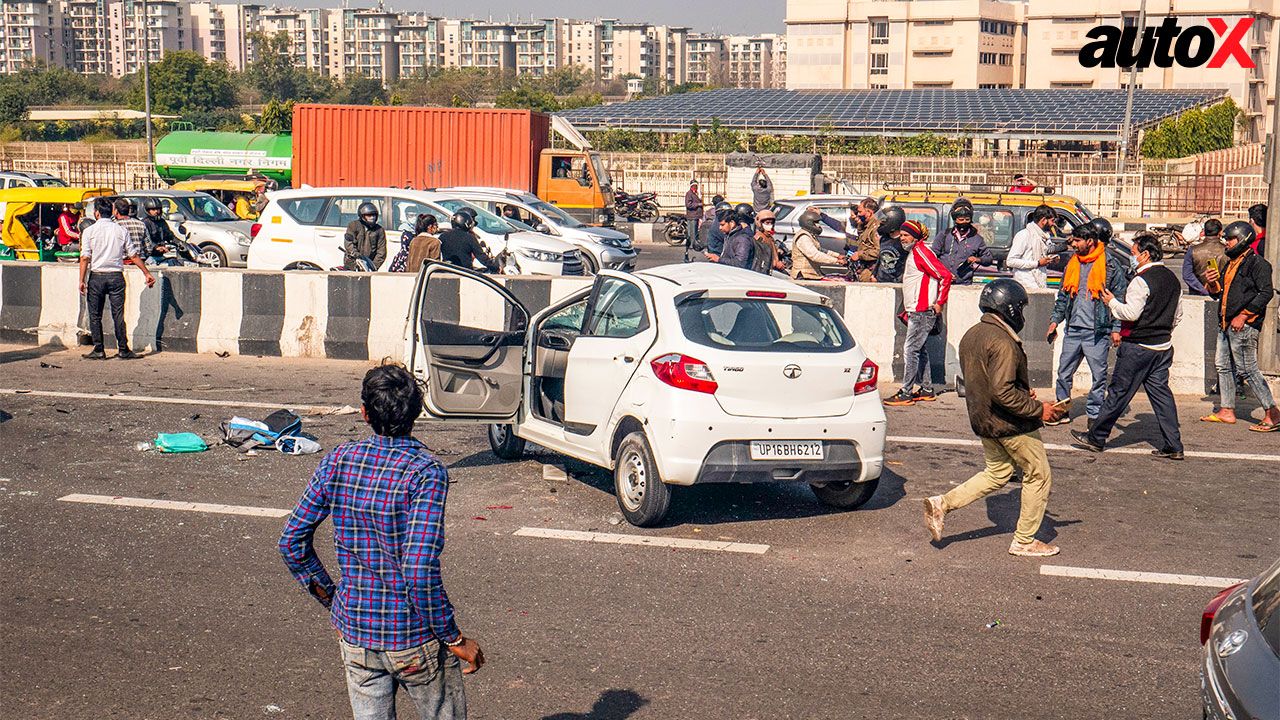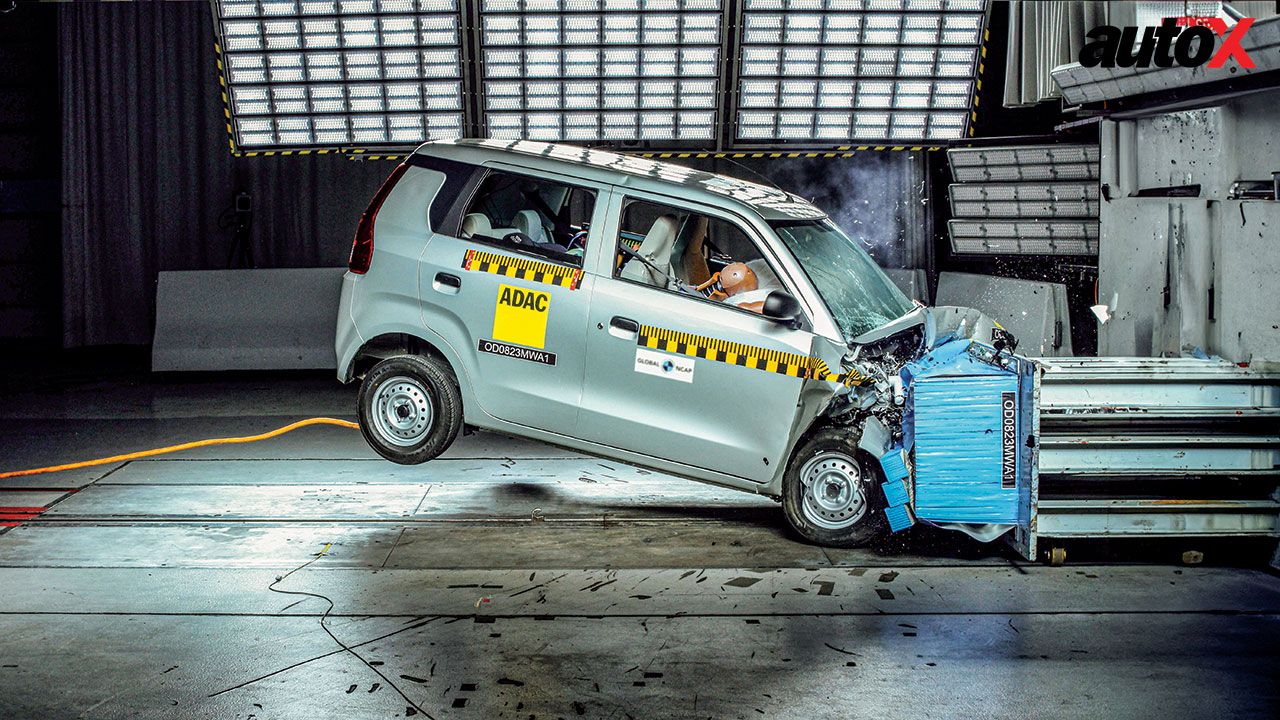Book Review: Rahul Bajaj – An Extraordinary Life
The life of Rahul Bajaj mirrors the extraordinary journey of independent India. Srinivas Krishnan reviews the late industrialist’s biography, Rahul Bajaj: An Extraordinary Life, by Gita Piramal.

The life of Rahul Bajaj mirrors the extraordinary journey of independent India. Srini reviews the late industrialist’s biography, Rahul Bajaj: An Extraordinary Life.
How do I connect to Rahul Bajaj? Nothing much, other than the fact that I was one of the first to review the Bajaj Legend in 1999 – the world’s first four-stroke scooter – for Business Standard Motoring. I perhaps missed it then, but it was while reading Rahul Bajaj: An Extraordinary Life by Gita Piramal that I realised that this world-first achievement was also a way of commemorating the 60 years of Rahul Bajaj.
I’m not much of a reader of business biographies, but there are hardly any books written about the titans of the Indian automotive industry, that too, which are not hagiographies. That apart, Rahul Bajaj (June 1938 – February 2022) was indeed a legend, and he led an interesting life – independent India faced tectonic shifts and he not only witnessed it all but was an active participant in some of the greatest issues that faced a young democratic republic.
He took over as chairman of the Bajaj Group in 1972 when he was only 34. By the 1990s, Bajaj Auto was the world’s fourth largest two-wheeler maker, behind only the Japanese. And on 1 January 2021, it was the world’s third-largest two-wheeler manufacturer and of course, the largest three-wheeler manufacturer – also the most valuable two-wheeler company in the world. A fitting accomplishment for a company that celebrated 75 years of operations, which he led for a majority of this time.
But Rahul Bajaj wasn’t merely an astute automotive business baron, he held various leadership positions in a staggering variety of institutions, including Indian Airlines, Confederation of Indian Industry and World Economic Forum, and was also a Member of the Rajya Sabha. But that’s just a fraction of his curriculum vitae. More importantly, he was one of modern India’s greatest sons, who retained the discipline, courage and vision of our nation’s founders and inculcated those values all around him. After all, he was the grandson of Mahatma Gandhi’s ‘fifth son’ Jamnalal Bajaj and was named Rahul by Jawaharlal Nehru himself. With such impeccable DNA, no wonder he could speak truth to power and call out wrongs, even if it would harm his business interests. He was indeed ‘Hamara Bajaj’.
Coming back to the biography, from an automotive perspective, it gives readers an idea of the stupendous growth of Bajaj Auto from a shed in Goregaon, Mumbai, assembling Vespa CKD kits to an industrial colossus dominating the world markets – a tale of grit and resilience. More so, when Indian industry had to do business with both of its hands tied behind its back during the high tides of socialism and mind-numbing bureaucratic control of the Licence Raj, as well as during the Raids Raj in the 1980s. India was a tough place to do business, and everyone’s elderly relative usually has a story on how they snagged a Bajaj scooter delivery.
The growth of the company, Rahul Bajaj, as well as that of India in the 75 years since we became independent, is a must-read for today’s generation of entrepreneurs, as well as aspirants in the Indian automotive and manufacturing industry. Because it provides a context of India’s place in the world today, as well as that of Indian industry. The book also provides important lessons for businessmen and promoters through the words and actions of Rahul Bajaj – who comes through as someone with an impeccable work ethic, and one who could see the big picture without missing the finer details. After all, setting up world-class manufacturing plants in desolate areas, grooming a workforce, managing conflicts with labour and other companies, and ensuring the brand thrives in the marketplace are not easy. Of course, the emotional exit from scooters in 2009 to focus only on motorcycles added a bit of turbulence in the business. But once he made a decision, Rahul Bajaj was all in. Also, his succession planning and execution should be a case study in business schools and legal firms. The tantalising possibilities of ‘What if?’ is served when he came close to acquiring Ashok Leyland and Maruti Udyog.
Unlike most businessmen who want to smother competition, he was made differently. As he says, ‘In industry, there is only one guru who teaches you to be efficient and that is not a business school, but a buzzword called competition. Without competition, industry will perish.’ Truly, as the ad line went, ‘You just can’t beat a Bajaj.’
PS: The story of Rahul Bajaj needs to be told better. This book has a few mistakes and even more grammatical and proofing errors. Characters come and go as they please, the reader is left to figure out who they are, lines get repeated and the awkward sequencing of events makes it a tough read. It desperately needs a strict editor. His character comes alive when his family recounts him, while his speech in the Rajya Sabha on the plight of the farmers in the Vidarbha region of Maharashtra, reproduced here, is exceptional.
Read more:

























Write your Comment on